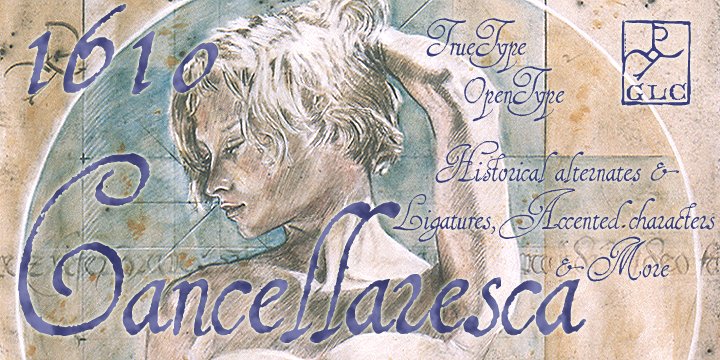If you want to give your website an ancient look and feel then below mentioned 10 fonts will definitely help you to create ancient looking designs. Have a look at it!
1. 1651 Alchemy
1651 Alchemy is a font family compilation created from a Garamond set in use in Paris circa 1651. Each alphabet of this font is doubled by a slightly different one. A special OTF encoding allows to give an irregular effect with never the same twin letters in a single word.
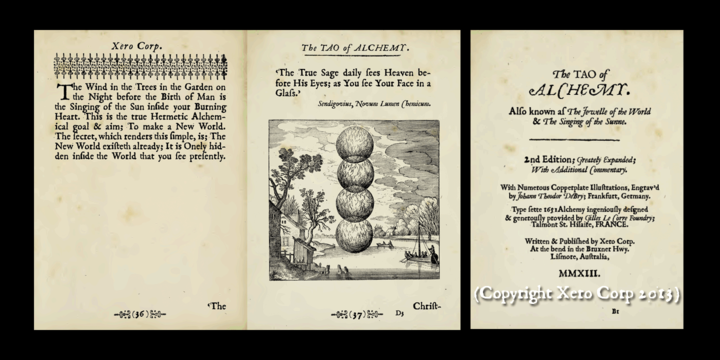
2. 1533 Glc Augereau Pro
1533 Glc Augereau Pro font was inspired by one of Antoine Augereau’s three roman typefaces. This font covers all West, East, Central European and Turkish languages with its complete small caps collection.
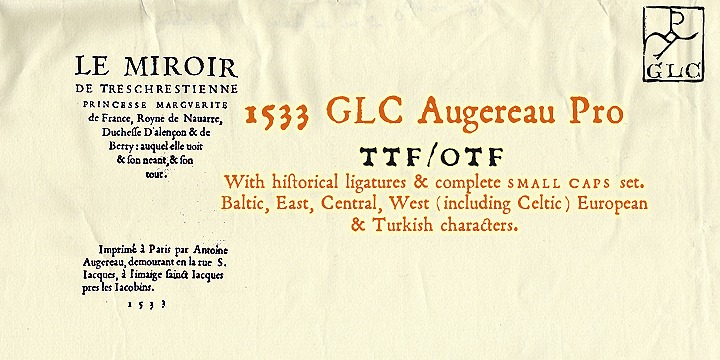
3. 1470 Jenson Latin
1470 Jenson Latin font was inspired by the pure Jenson set of fonts used in Venice to print De preparatio evangelica in the year 1470. The present font contains all of the specific Latin abbreviations and ligatures used in the original.
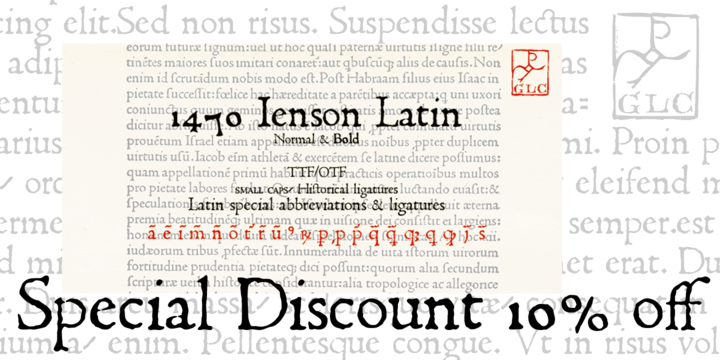
4. Jacob Riley
Jacob Riley is based on antique 18th century printers’ specimens and has been hand-illustrated with calligraphy nibs dipped in walnut ink.
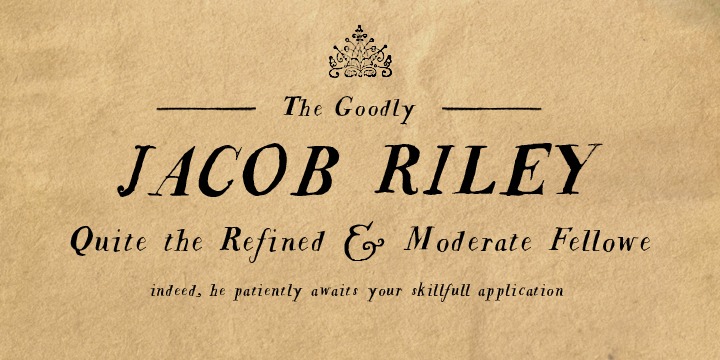
5. 1669 Elzevir
1669 Elzevir font was inspired from the set of font faces used in Amsterdam by Daniel Elzevir to print the famous “Tractatus de corde…” the study on earth anatomy by Richard Lower, in 1669.
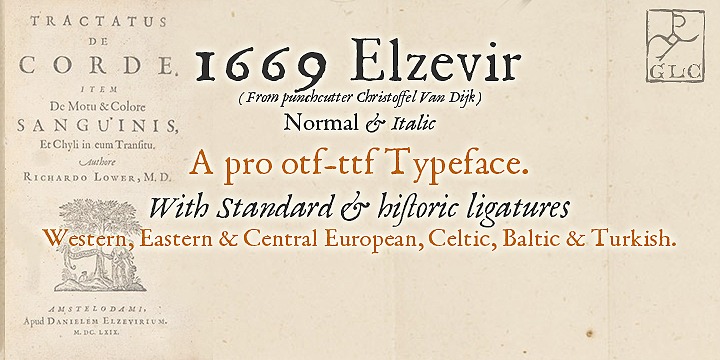
6. El Franco
El Franco is a font family designed by Ethan Dunham that represents what Roman lettering looked like in the 16th century.
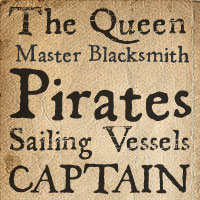
7. 1689 Almanach
1689 Almanach font family was inspired by the eroded and tired fonts used by printers from the sixteenth century to the early years of twentieth for cheap or fleeting works, like almanacs, adverts, gazettes or popular novels.
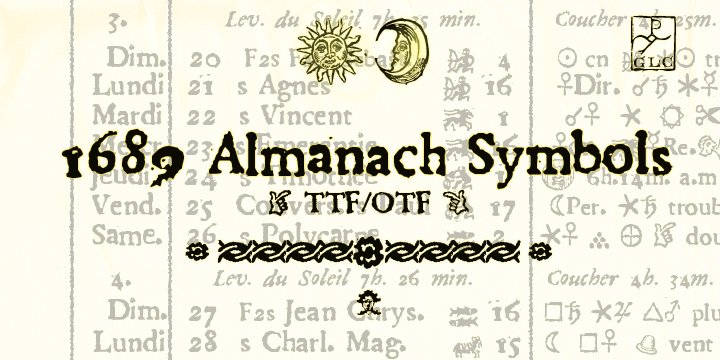
8. 1546 Poliphile
1546 Poliphile font family was inspired from the French edition of Hypnerotomachie de Poliphile (“The Strife of Love in a Dream”) attributed to Francesco Colonna, 1467 printed in 1546 in Paris by Jacques Kerver.
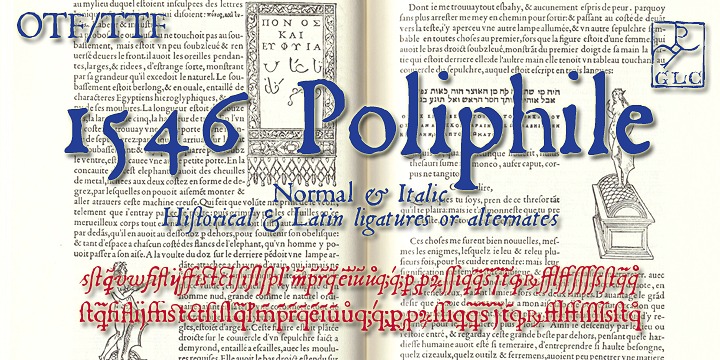
9. Terra Ignota
Terra Ignota hand-lettering has a sort of rakish character, evocative of pirates or adventurers at a time of unbridled world exploration.
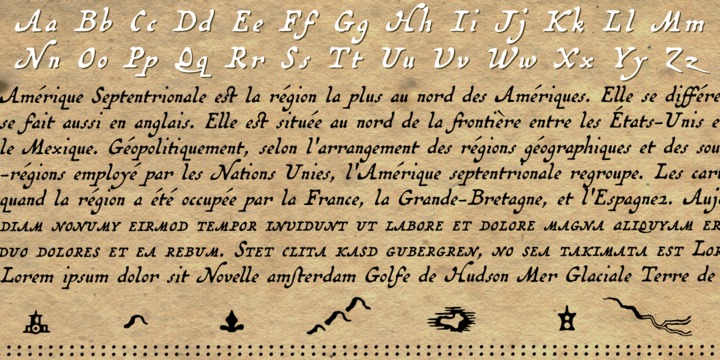
10. 1610 Cancellaresca
1610 Cancellaresca font was inspired by the “Cancellaresca moderna” type, which was calligraphed by Francesco Periccioli, and published in 1610 in Siena, Italy. This font can be used for web-site titles, posters and flier designs, editing ancient texts or greeting cards, or as a very decorative and elegant font.
